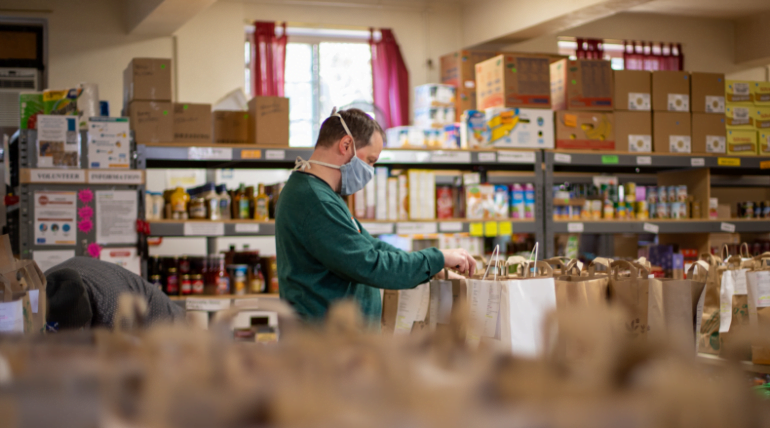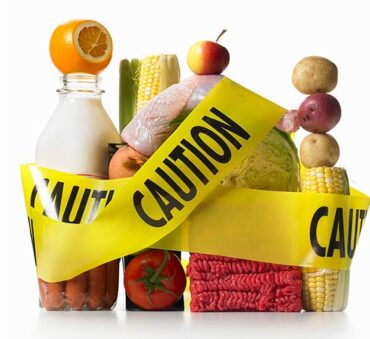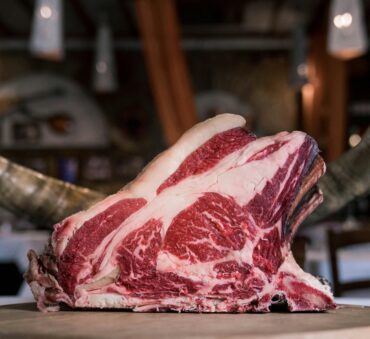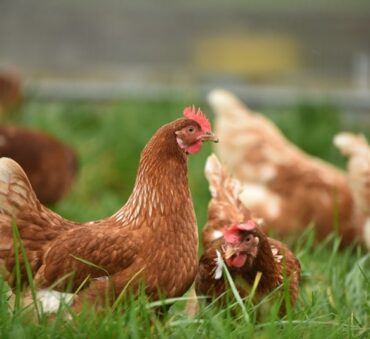Inside the logistics of food recall management
Food recall management is a necessary part of doing business in the food industry. However, food recalls can be very costly and damaging to your brand if they are not handled properly. Given the high volume of recalls in recent years, it is important to understand what they mean for your company and what can be done to ensure that it is safely disposed of in the most environmentally beneficial manner.
What is a food recall and why is it needed?
The purpose of a food recall is to recall unsafe food from the market, which can lead to illness or death. Food recalls happen because the manufacturer has identified a problem with their product and is acting to remove it from sale or consumption. In this way, recalls can save lives by reducing the risk of consumers being harmed. In certain situations, government agencies may ask or require food producers to recall a product. These are most often due to:
- Microorganisms such as Salmonella or parasites such as Cyclospora.
- Foreign objects such as broken metal or glass.
- Major allergens that do not appear on the product label.
USDA Recall Classifications
There are 3 classes of recalls within the USDA Food Safety and Inspection Services managing meat-related recalls, and The FDA managing all others. These USDA classification levels are based on the severity of the health hazard involved with consuming food products that have been recalled by manufacturers and distributors due to their potential for causing illness or death.
Class I – High or Medium Risk
A class I recall is the most severe type of food recall. A class I recall means that there is a health hazard situation where there is a reasonable probability that the use of the product will cause serious adverse health consequences or death.
Class II – Low Risk
A Class II recall involves some minor health risk with no known illnesses reported. It is a health hazard situation in which there is a remote probability of adverse health consequences from the use of the product, but not a sufficient probability to warrant action on the part of the FDA.
Class III – Marginal Risk
A class III recall describes a situation where there are no health risks involved with its use but where it could cause potential harm to a small number of consumers due to an error in the manufacturing or packaging process.
Effectively managing food recall logistics
The goal of food recall management is to get the defective product off the market as quickly as possible. The longer it takes for a manufacturer to identify and remove the affected products, the greater the risk that those products will be consumed or used by consumers. Food manufacturers should establish a food recall plan for handling food recalls in advance so that they can respond swiftly if and when a recall is necessary.
Food recalls and beverage destruction services can become expensive, complicated, and time-consuming processes; often recalls involve complex logistics throughout the food supply chain, including manufacturing facilities, warehouses, distributors, retailers, and consumers.
Because of the nature of the industry and the food recall legalities that accompany it, a recall is not as straightforward as simply taking food products off shelves. As most of the focus tends to be on the communications and notifications to all the necessary concerned parties, the logistics of a recall can often fall short and easily be mismanaged. And because it is essentially managing the supply chain in reverse, it is critical to ensure that the chain of custody reports is properly documented to verify compliance.
It is important that the company conducting a voluntary or involuntary food recall choose an experienced management company like Skip Shapiro Enterprises to handle logistics, compliance, disposal, tracking, and reporting.
We often work with FDA, FSIS, US Customs, TTB, State and local regulatory agencies to ensure your product is quickly and efficiently withdrawn from the marketplace and disposed of at legally permitted facilities.
Skip Shapiro Enterprise’s experience, national network, and logistics are a great one-stop compliant food recall management solution that saves you a great deal of time and money.
What becomes of the food that is recalled?
Once the product is safely off the shelves, the concern then becomes what to do with it. Unfortunately, a great deal of recalled food ends up in landfills or incinerators – which is not ideal from an environmental standpoint. But there are customised food waste recycling service that can turn food waste from a recall into an environmentally friendly solution. Depending on the nature of the recall, the recalled food can be recycled through various methods, including:
- Animal feed
- Anaerobic digestion
- Composting
- Biofuels
- Land application
For example, should a product be recalled because of the discovery of listeria or salmonella, if the product is heated sufficiently and correctly, it can be safely turned into animal feed. Of course, not every contaminated food product could be safely made into animal feed. E. coli, for example, would not be suitable.
It is through our many years of experience that we have the knowledge to match the recalled food product with the most effective and environmentally sustainable waste solutions.
Trusted Food Industry Experts
When it comes to tracing food products during a food recall, the importance of effective record-keeping and visibility can’t be overstated. With our team’s help, companies can proactively manage risk and ensure that their supply chain participants remain fully compliant with all relevant regulations. If you’re in need of a full-scale, end-to-end food recall plan for logistics and disposal, we are here to help.
Baily Ramsey, an accomplished marketing specialist, brings a unique blend of anthropological insight and marketing finesse to the digital landscape. Specializing in educational content creation, she creates content for various industries, with a particular interest in environmental initiatives.



